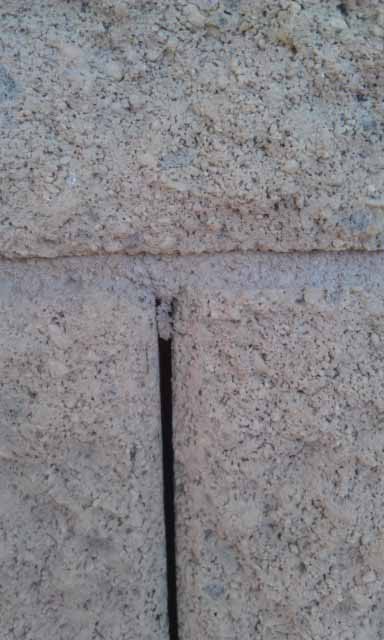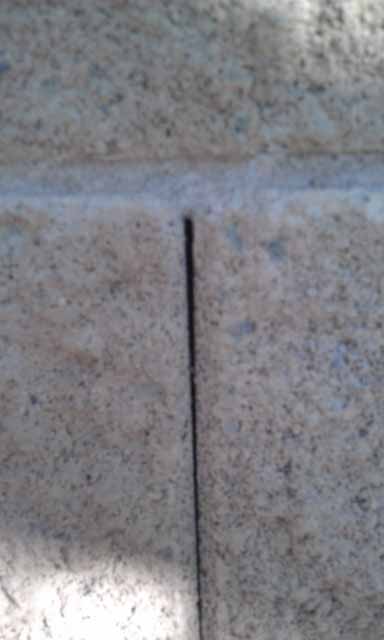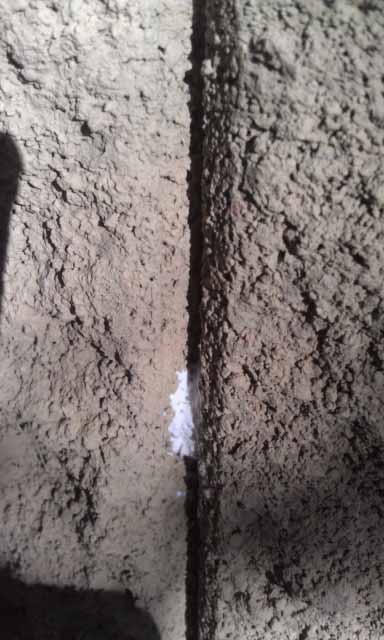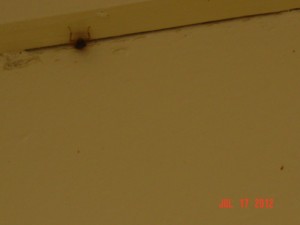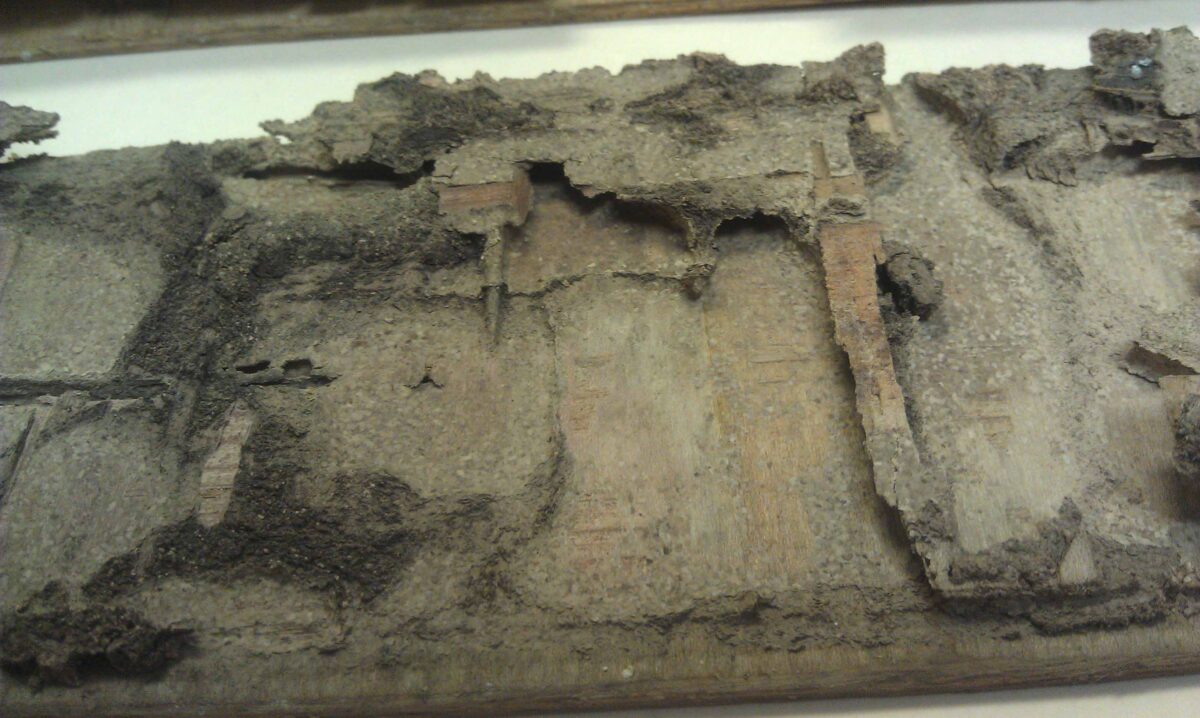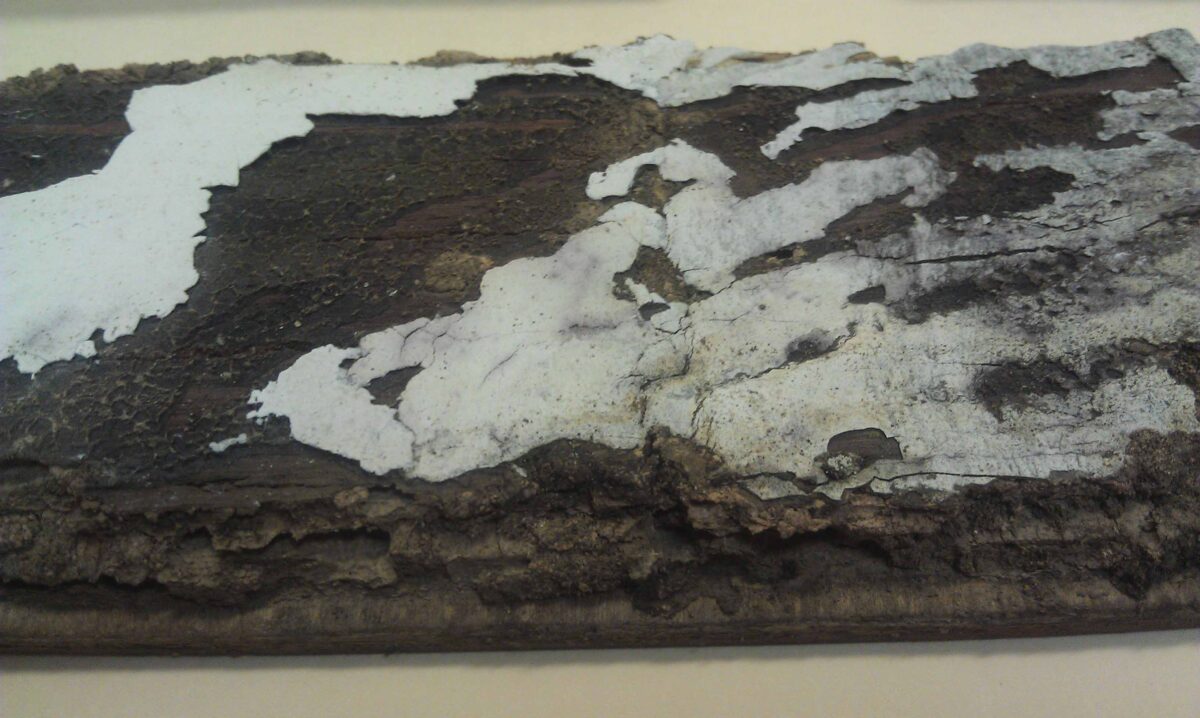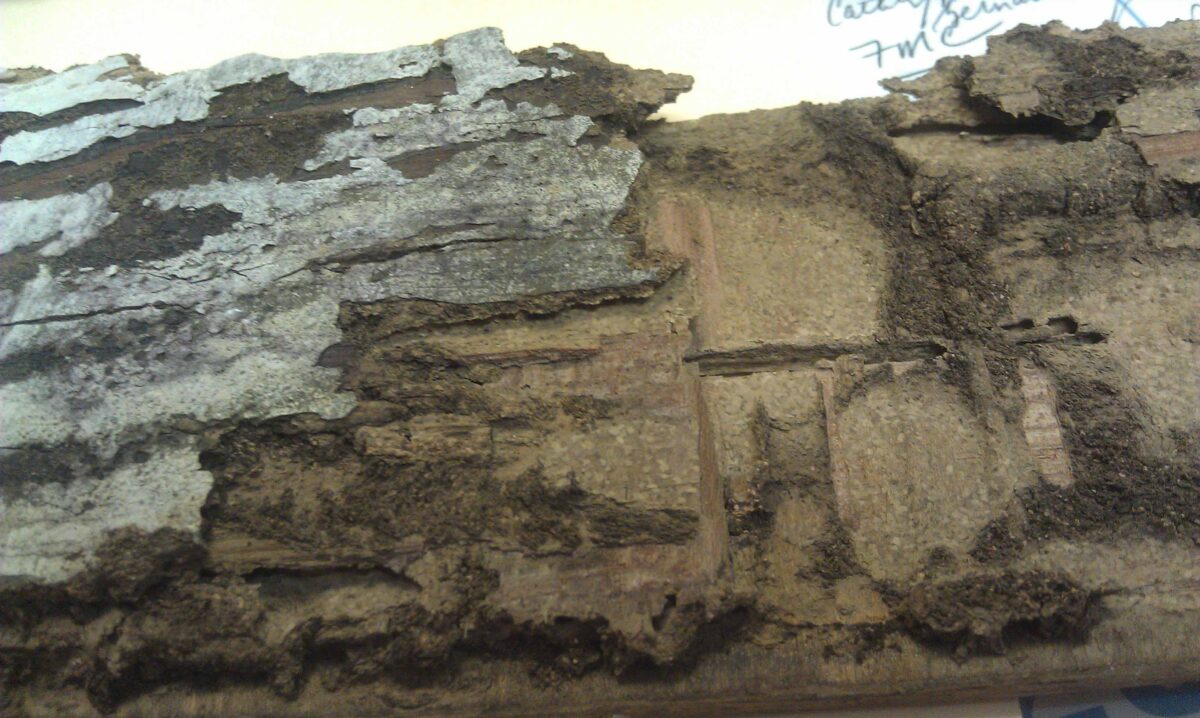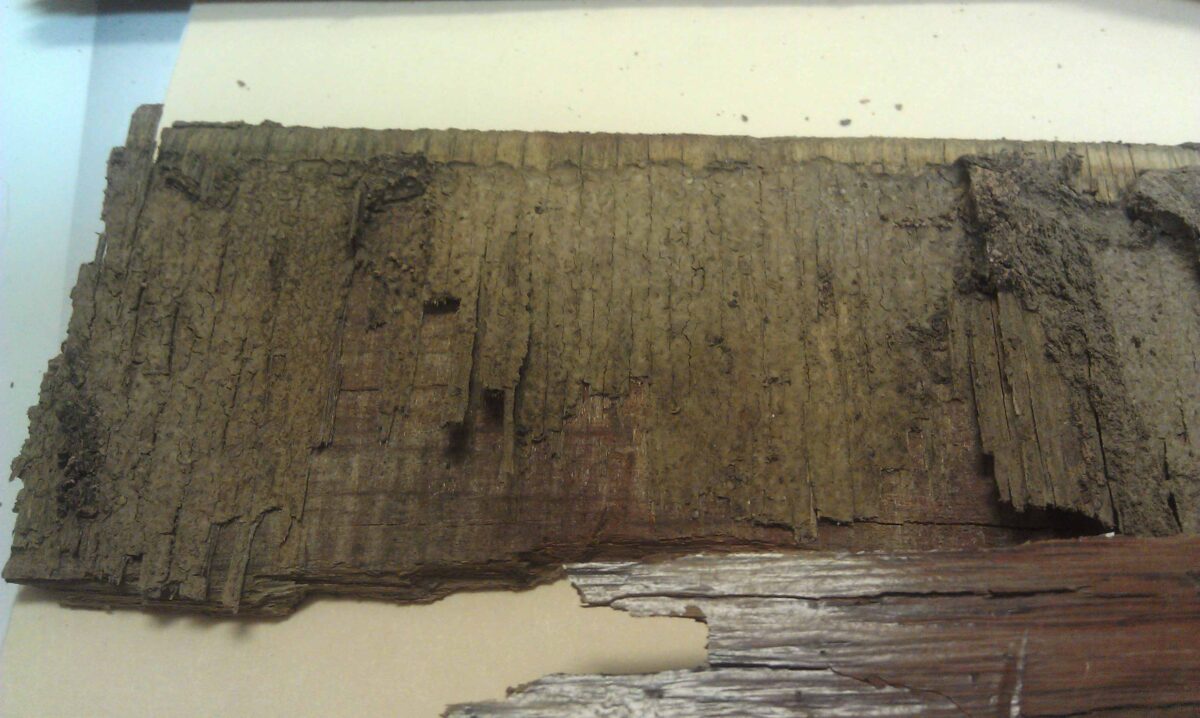There are several things happening around the U.S. which may impact pest control in your specific area.
- The EPA has been trying to reduce the use of rodentcides, mainly due to secondary poisonings. My hope is that people use common sence in placement of poisons, don’t randomly throw packets throughout attics or crawlspaces. ProBest has not used any of those packets since 2005 and we have swtiched to Terad3 in rodent stations.
- The restrictions of pesticides continue, power spraying of Permethrin type chemicals are just one of the ways the EPA is limiting chemical usage.
The use of IPM or Integrated Pest Management continues to be the choice of real prevention of pests. So here are a few tips to reduce the use of pesticides and allow them to continue to be used in the future.
- Be aware of placement especially of rodentcides. I’m a big fan of not using any rodenticide within a structure, use of snap traps can be just as effective.
- Use pestcides that can be hidden and placed where insects will find them, crack and crevices, block voids and wall voids.
- Don’t spray any flowering plant.
- Follow IPM standards.
- Always read and follow label and use directions.


